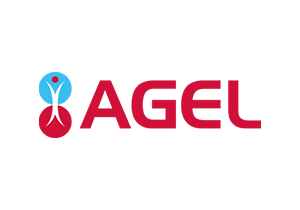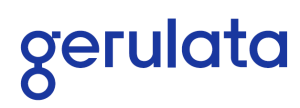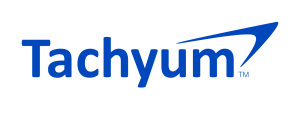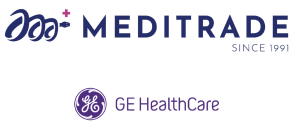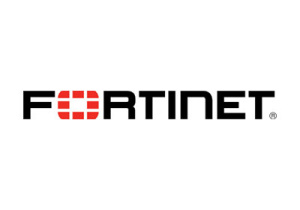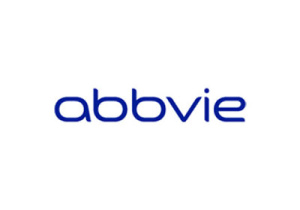
Roman Čupka
-
The amendment to the Cyber Security Act calls for automation | Medzinárodný kongres ITAPA 2021: Ako sa stať najlepším?
In a short lecture, we will reflect on the technological possibilities of automated provision of information in the context of the amendment to the Cyber Security Act (§24a), automated evaluation and reporting of cyber security incidents, individual events, their compromise indicators (IoCs) and associated attributes. -
How to ensure the availability of applications for the digital state | Jarná ITAPA 2021
The digital state architecture cannot do without tools for controlling the delivery and availability of applications to citizens, monitoring the user experience and protecting them from attacks causing unavailability of services and compromising infrastructure. In a short presentation, we will present 4 basic technological approaches that need to be considered when creating an architecture and should be part of the conceptual digitization of the state. -
Discussion | Medzinárodný kongres ITAPA 2020
Dicussion of invited guests:
Ján Andraško, Binary Confidence
Roman Čupka, Flowmon Networks
Marek Kľoc, LYNX
Peter Kočík, FORTINET
Július Selecký, ESET
Marek Zeman, Tatra Banka -
Blind in one eye and blind in the other | Medzinárodný kongres ITAPA 2020
The year 1912 has more in common with current cyber security than most people think. Similarly to year of 2020, it "pumped" a massive digital transformation and forever changed current access to work, technology, interpersonal relations and security as such for current generations. And in both cases, the common denominator is visibility. -
Best practices in the detection and resolution of cyber security incidents | Medzinárodný kongres ITAPA 2019
During the presentation we will introduce best practices for the application of cybersecurity in organizations and touch upon several technology platforms within the important sections of Act 69/2018 Coll.
-
The Hacker's Fingerprints | CyberTAPA
-
The visibility in computer network matters | Medzinárodný kongres ITAPA 2018: Hacking the Future
Cybernetic Preservation in presence as well as in future is not addressed without the so-called Threat Intelligence that identifies known attackers and without real-time behavioral analysis that, in combination with machine learning and artificial intelligence, assesses communication in computer networks and user behavior. In conjunction with automation tools and classification mechanisms, it is now possible to shorten the reaction time to compromise safety from months to minutes, while at the same time obtaining the necessary data for forward-looking steps that enhance prevention. For both public and corporate organizations, this is the only way to comply with new stringent regulatory requirements, such as avoiding fines and a fiasco, which typically follows the release of sensitive data, or the malfunctioning of services for citizens or customers.
-
Detection, automation and reporting of real-time cyber security events and incidents | Medzinárodný kongres ITAPA 2018: Hacking the Future
The identification and analysis of security incidents today takes 45 to 250 days for organizations in the public and private sectors, and usually occurs only when, for example, escape sensitive data, personal data, or critical service malfunction. However, new legislation, such as the Cyber Security Law, based on the NIS directive, as well as other legislation such as the GDPR, requires the reporting of incidents in practically immediate terms - within a few hours or days, and at the same time implementing the tools and procedures that will result from incidents prevented. What needs to be done from a technical and procedural point of view to accelerate threat identification, streamline responses and, ultimately, meet regulatory requirements?



